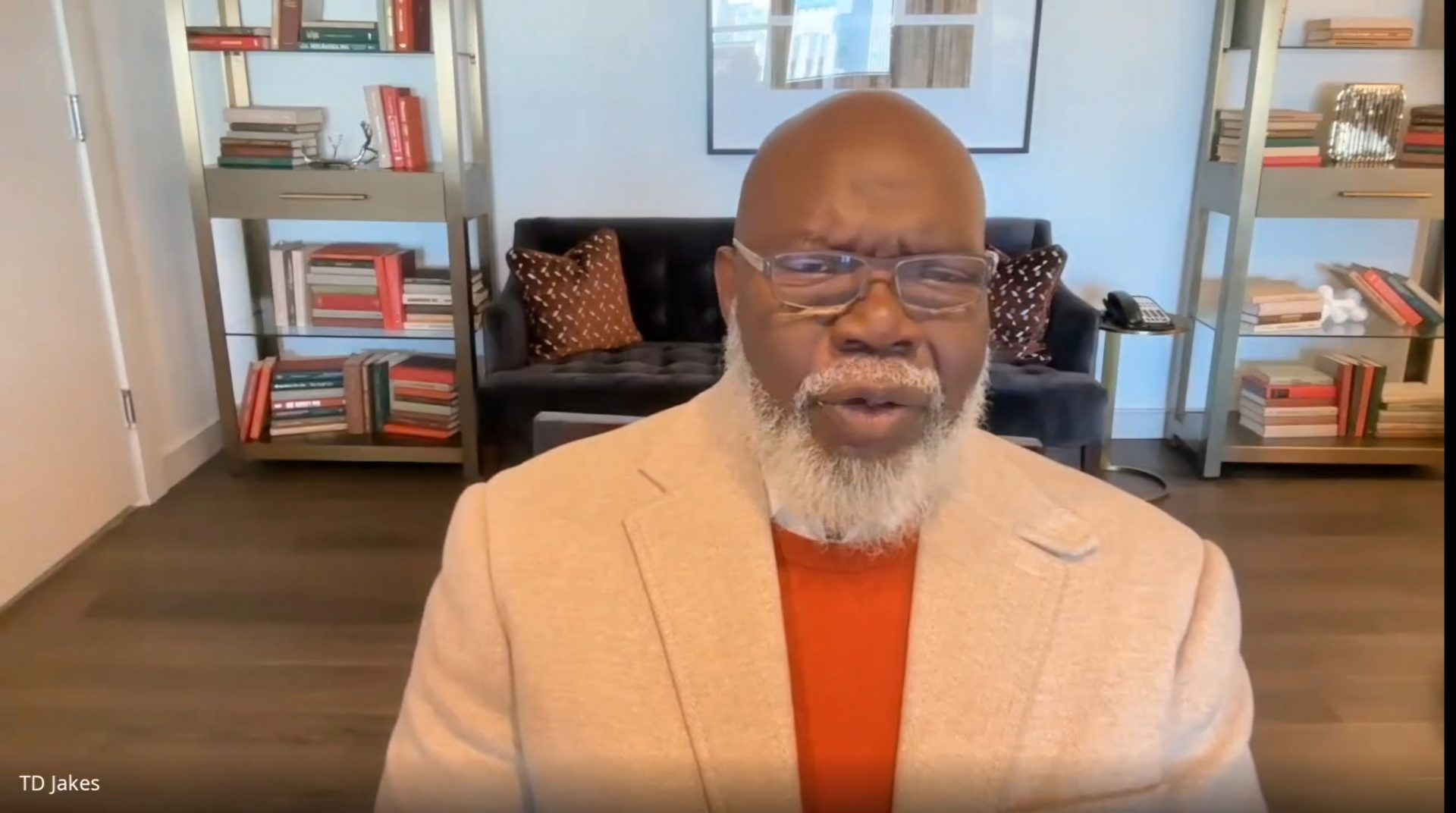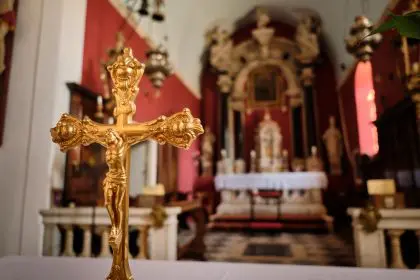A significant leadership transition is underway at one of Dallas’ largest and most influential religious institutions, The Potter’s House. During an emotional Sunday service, Bishop T.D. Jakes announced plans to transfer leadership responsibilities to his daughter, Sarah Jakes Roberts, and her husband, Toure Roberts. This momentous decision follows a life-threatening health episode Jakes experienced last November when he suffered a massive heart attack while delivering a sermon.
The transition, scheduled to take effect in July, marks a pivotal moment for the Dallas-based church established in 1996. With nearly three decades of growth and community impact under its founder’s guidance, the congregation now prepares for only its second leadership change in its history.
Health emergency accelerates leadership transition plans
The November cardiac event served as a catalyst for expediting succession arrangements that had reportedly been developing for several years. During a televised interview on The Today Show, Jakes revealed the severity of his medical emergency, sharing that medical professionals informed him he had been approximately five minutes from death following the heart attack.
During the announcement to his congregation, Jakes emphasized his commitment to ensuring leadership continuity for the community he’s shepherded for nearly three decades, expressing concern about leaving his congregation without proper guidance should another health emergency occur.
The health scare appears to have prompted meaningful reflection about institutional sustainability and legacy planning, common challenges facing founder-led organizations across sectors. While succession planning often occurs behind closed doors in religious institutions, this public transition offers rare transparency into how large spiritual communities navigate leadership changes.
Congregation processes complex emotions surrounding change
The announcement has generated a spectrum of reactions among church members, many of whom have known only Jakes as their spiritual leader throughout their association with the congregation. Patrick Moore, a longtime church member, expressed sentiments shared by many, acknowledging the irreplaceable nature of Bishop Jakes’ leadership while processing the inevitability of change.
Moore observed that while transition is always difficult, it also brings excitement. This mixture of apprehension and anticipation reflects the complex emotional landscape congregants navigate during leadership transitions, particularly in communities where the founder’s personality and vision have been central to institutional identity.
Religious scholars note that successful church transitions often depend on balancing respect for established traditions with openness to fresh perspectives from new leadership. The intergenerational aspect of this particular transition adds additional complexity, as the daughter inherits not only institutional responsibility but also the weight of her father’s substantial legacy.
Continuity amid change through ongoing oversight role
While stepping down from day-to-day pastoral duties, Jakes will maintain significant connections to The Potter’s House through continued service as board chairman and spiritual overseer. This arrangement illustrates a graduated transition approach increasingly common in large religious organizations, where founding leaders retain advisory roles while empowering successors to implement their own vision.
The daughter and son-in-law assuming leadership responsibilities have themselves established significant ministries in recent years, suggesting the transition represents not merely continuation but potential evolution of the church’s mission and methods. Religious leadership experts note that second-generation church leaders often bring valuable perspectives that blend reverence for founding principles with innovations addressing contemporary challenges.
Broader implications for religious institutional transitions
This leadership change occurs against a backdrop of evolving American religious participation patterns and growing recognition of succession planning importance in faith communities. Research from the Hartford Institute for Religion Research indicates that founder transitions represent particularly vulnerable periods for religious organizations, with leadership change often resulting in membership fluctuations of 20-50% in the years following transitions.
While many religious institutions operate without formal succession protocols, management consultants specializing in faith organizations increasingly recommend proactive planning. The public health emergency that accelerated this particular transition underscores the importance of preparation rather than reaction when addressing leadership continuity.
Looking toward a new chapter
As July approaches, The Potter’s House community prepares for this significant leadership evolution while processing complex emotions. Sarah Jakes Roberts and Toure Roberts stepping into leadership roles face substantial expectations while navigating their own vision for the institution’s future.
For the congregation, this transition period offers opportunities for community reflection on institutional values and mission. Religious scholars observe that successful transitions often involve intentional congregation-wide conversations about organizational identity independent of any single leader’s personality or vision.
The founder’s continued involvement as board chairman provides a bridge between eras while allowing new leadership to establish their own approach. This balance between continuity and innovation will likely determine how smoothly the institution navigates this watershed moment in its nearly three-decade history.
As this Dallas religious community moves forward, its experience offers insights for similar institutions facing inevitable leadership transitions. While each religious organization’s journey reflects unique circumstances and community dynamics, the fundamental challenges of honoring legacy while embracing change remain universal themes in institutional evolution.













